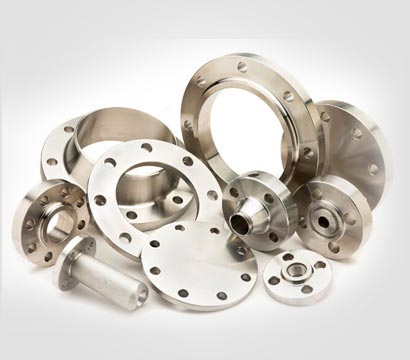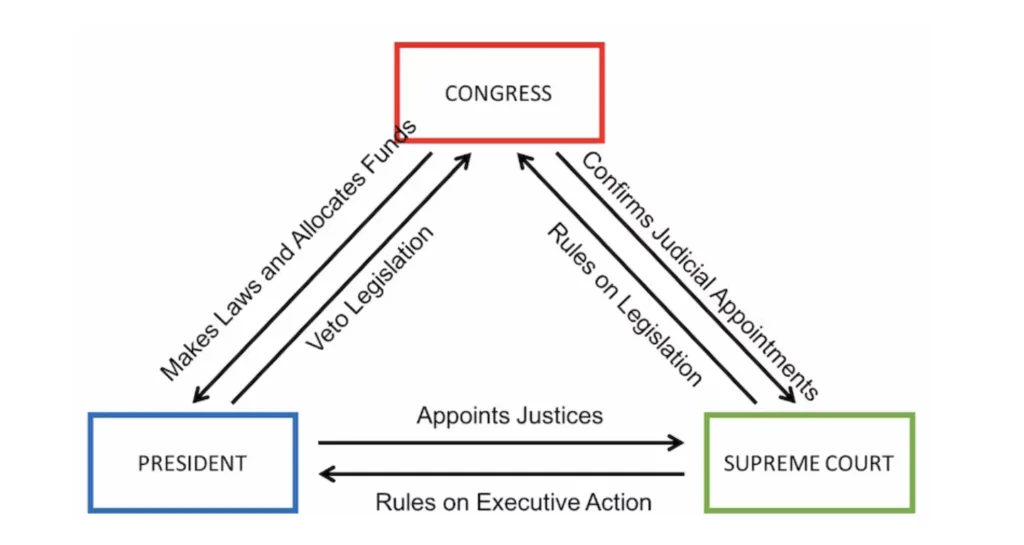Lead Acid Lithium Battery Charger Isolated: Understanding its Importance, Features, and Applications
Battery chargers are essential components in modern technology, helping to keep devices powered and operational.

Introduction to Lead Acid Lithium Battery Charger Isolated
Battery chargers are essential components in modern technology, helping to keep devices powered and operational. Among the most common types of batteries in use today are lead-acid and lithium-ion batteries, both of which have different characteristics and charging requirements. As industries continue to adopt new technologies, it has become increasingly important to have a charger that can safely and efficiently handle both types of batteries.
A Lead Acid Lithium Battery Charger Isolated is designed to charge both lead-acid and lithium-ion batteries with safety and efficiency in mind. The term "isolated" refers to the separation of the charging circuit from the battery, which provides additional safety and protection for both the battery and the charger. This type of charger ensures that both battery types are charged according to their specific requirements, preventing overcharging, overheating, and prolonging their lifespan.
In this article, we will dive deeper into the features, benefits, and applications of the Lead Acid Lithium Battery Charger Isolated, and why it’s becoming an increasingly popular choice across various industries.
What is a Lead Acid Lithium Battery Charger Isolated?
A Lead Acid Lithium Battery Charger Isolated is a charging device that supports both lead-acid and lithium-ion batteries, with an added safety feature of electrical isolation. Electrical isolation means that the power supply is separated from the battery circuit, helping to protect both the battery and the charger from potential faults such as short circuits, voltage surges, or other hazardous electrical conditions.
These chargers are designed to be adaptable, capable of switching between charging profiles for lead-acid and lithium-ion batteries. Each battery type has different charging requirements, and an isolated charger ensures that the correct method is applied for optimal charging and battery health.
For example:
- Lead-acid batteries typically require a multi-stage charging process (bulk, absorption, and float stages) to prevent overcharging.
- Lithium-ion batteries require constant current and constant voltage charging methods to ensure safe and efficient charging.
The isolated feature in the charger protects not only the battery but also other connected electronic systems, making it a crucial element in preventing damage from electrical faults or malfunctions.
Key Features of a Lead Acid Lithium Battery Charger Isolated
A Lead Acid Lithium Battery Charger Isolated is equipped with several advanced features that make it stand out from traditional chargers. Below are the most notable features:
1. Dual Battery Compatibility
One of the primary advantages of this type of charger is its compatibility with both lead-acid and lithium-ion batteries. Many modern devices and systems, such as electric vehicles, off-grid solar power systems, and uninterruptible power supplies (UPS), may use both types of batteries for different purposes. A dual-compatible charger eliminates the need to have separate chargers for each battery type, offering flexibility and convenience.
2. Electrical Isolation for Enhanced Safety
The isolation feature is the most significant benefit of this charger. It separates the battery from the charging circuit, which is crucial for protecting against electrical surges, short circuits, or ground faults. This isolation provides a layer of protection for the battery, ensuring that voltage spikes or other issues in the power supply do not damage the battery or other connected equipment.
3. Multiple Charging Profiles
The charger is designed with different charging profiles for each type of battery. Lead-acid and lithium-ion batteries have different voltage and current requirements, so it’s important to follow the manufacturer’s recommended charging cycle for each type. For example:
- Lead-acid batteries typically use a three-stage charge cycle (bulk charge, absorption charge, and float charge) to ensure that the battery is charged correctly without overcharging.
- Lithium-ion batteries, on the other hand, generally require a constant current followed by a constant voltage phase to avoid overcharging and overheating.
These charging profiles are automatically switched depending on the battery type, ensuring optimal charging conditions for both types of batteries.
4. Overcharge and Overvoltage Protection
Overcharging a battery can shorten its lifespan or cause safety issues such as overheating or even fire. Lead Acid Lithium Battery Chargers Isolated are equipped with overcharge and overvoltage protection mechanisms to prevent this from happening. The charger constantly monitors the battery voltage and will automatically stop charging or adjust the charging rate once the battery reaches its full capacity.
5. Temperature Control and Monitoring
Temperature is a critical factor in the safe charging of both lead-acid and lithium-ion batteries. High temperatures during charging can cause battery degradation or, in extreme cases, thermal runaway. Most modern isolated chargers feature built-in temperature sensors that monitor the battery’s temperature during charging. If the temperature rises beyond a safe threshold, the charger may reduce the charging current or stop charging altogether to protect the battery.
6. Efficient Power Conversion
A high-quality Lead Acid Lithium Battery Charger Isolated utilizes efficient power conversion systems that minimize energy loss. This ensures faster and more efficient charging times, as well as less heat generation during the charging process. The result is a safer, faster, and more energy-efficient charging experience.
Benefits of Using a Lead Acid Lithium Battery Charger Isolated
Using an isolated charger for lead-acid and lithium-ion batteries comes with several notable benefits:
1. Enhanced Safety
The primary benefit of using an isolated charger is the safety it provides. Electrical isolation prevents hazardous electrical surges, short circuits, and other power-related issues that could damage both the charger and the battery. This is especially important when charging batteries that are used in sensitive or high-risk environments, such as electric vehicles, solar power systems, and backup power systems.
2. Battery Longevity
A proper charging cycle is key to extending the lifespan of both lead-acid and lithium-ion batteries. Using a charger that automatically adjusts to the correct charging profile for each battery type helps to prevent overcharging or undercharging, both of which can significantly reduce battery life. The charger ensures that the battery is charged to its optimal level without stressing the battery, ultimately enhancing its longevity.
3. Convenience and Versatility
One of the major advantages of a Lead Acid Lithium Battery Charger Isolated is the convenience it offers. Instead of needing separate chargers for lead-acid and lithium-ion batteries, a single charger can handle both types of batteries. This makes it an ideal solution for industries or individuals who use different types of batteries in their systems, such as those involved in solar power, electric vehicles, and off-grid applications.
4. Protection for Other Systems
By isolating the battery from the charger, the risk of damaging other connected systems is minimized. This is particularly valuable in complex systems where the battery is connected to various electronics and components, such as in an electric vehicle or a solar-powered system. The isolation feature helps ensure that these systems are protected from electrical faults or fluctuations that could otherwise cause malfunctions or costly repairs.
5. Efficient Charging
The ability to efficiently charge batteries is important for reducing downtime and maximizing the performance of the devices they power. Lead Acid Lithium Battery Chargers Isolated offer fast charging times and minimize power loss, allowing batteries to reach full charge more quickly and efficiently. This is especially important in time-sensitive applications such as emergency backup power or when using batteries for high-power devices.
Applications of the Lead Acid Lithium Battery Charger Isolated
The Lead Acid Lithium Battery Charger Isolated is widely used across various industries and applications. Below are some of the key areas where this charger type is commonly employed:
1. Electric Vehicles (EVs)
Electric vehicles often use lithium-ion batteries for propulsion, while lead-acid batteries may power auxiliary systems such as lighting or starting mechanisms. An isolated charger ensures that both battery types can be safely charged without the need for multiple chargers.
2. Solar Power Systems
In off-grid or hybrid solar power systems, both lead-acid and lithium-ion batteries are often used for energy storage. The Lead Acid Lithium Battery Charger Isolated is perfect for such systems, as it ensures that both battery types are charged efficiently and safely, whether the system is solar-powered or connected to the grid.
3. Uninterruptible Power Supplies (UPS)
UPS systems, which are used for backup power, often rely on both lead-acid and lithium-ion batteries to provide reliable power in case of a grid failure. The isolated charger ensures that these batteries are charged according to their respective profiles, providing consistent and reliable backup power when needed.
4. Marine and RV Applications
Many marine and recreational vehicles (RVs) use both lead-acid and lithium-ion batteries for different purposes. The lead-acid battery might power the engine, while the lithium-ion battery powers onboard electronics and systems. An isolated charger can safely and efficiently charge both types of batteries.
5. Portable Power Stations
Portable power stations that provide off-grid energy solutions often use a combination of lead-acid and lithium-ion batteries. These power stations require a reliable and versatile charger to manage both battery types, making the Lead Acid Lithium Battery Charger Isolated an ideal choice.
Conclusion
The Lead Acid Lithium Battery Charger Isolated is an essential tool for safely and efficiently charging both lead-acid and lithium-ion batteries. With features such as electrical isolation, multiple charging profiles, and safety protections like overcharge and temperature monitoring, this charger ensures that both types of batteries are charged correctly, maximizing their lifespan and performance.
With its versatility and ability to handle different battery types, the Lead Acid Lithium Battery Charger Isolated is becoming a popular choice for a wide range of applications, including electric vehicles, solar power systems, backup power supplies, and portable energy solutions. Whether you're working with off-grid power systems or electric transportation, this charger offers a reliable and safe charging.
What's Your Reaction?





















